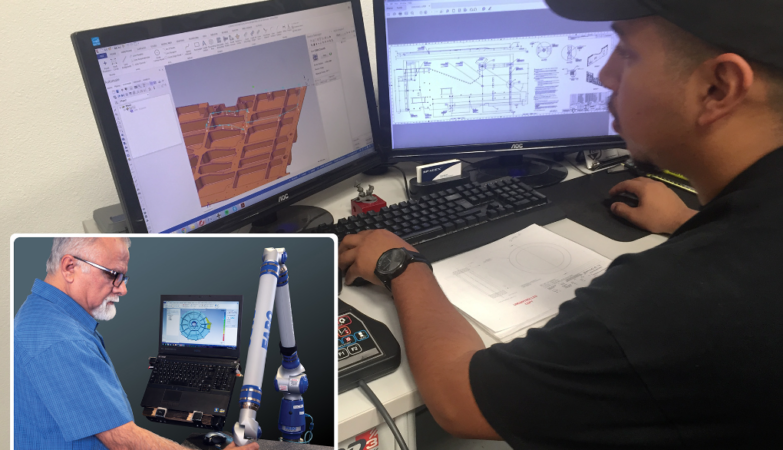Even as we innovate for the future, it’s critical to preserve and protect the places and structures that have shaped our communities. We talked with John Smits, who has more than 30 years’ experience in the design and construction industry, about the importance of historic preservation and how 3D laser scanning is helping us capture our history.
Q: Why is historic preservation important?
A: Historic preservation has always been key to documenting structures that are important because they illustrated an advancement in construction or design, or they were associated with an important era, movement, or person. They tell a story of a time or movement or people, or even a new design technique or technology. They illustrate the capacity of a generation and what those people were able to accomplish.
Q: Why is 3D laser scanning important to historic preservation?
A: When you consider the loss of heritage and historic sites, the work of preserving them while we can becomes all the more important. A lot of nonprofits are taking on that work, and without these efforts we won’t have a record of these places for future generations.

Using 3D laser scanning allows us to capture in full all the details of these buildings — unusual surfaces, architectural details, changes in construction over time — at a level of precision that was very difficult to accomplish previously. I think what makes laser scanners so important is that they provides us with the means to capture what’s needed in a timely fashion and it gives us more options for how we use the data captured.
Now we can also do forensic studies to see where there are issues of structural integrity, areas of vulnerability — things that might be invisible to the naked eye but are important considerations when preserving or restoring a historic structure. 3D laser scanning also allows us to map out logistics for construction, such as figuring out where to run ducts, install registers, configuring HVAC systems and the like.
Q: What are some key considerations to keep in mind when we use 3D laser scanners for preservation or documentation?

A: Planning the number and location of your scans is critical to creating a complete model. It’s not unheard of to shoot a lot of scans but miss the mark on integrating them, leading to skewed model. It’s critical to use a proper methodology, just as we would if we were using a hand tool.
Second, understand any potential limitations and know how they can be mitigated. For example, a scanner may not capture all the relevant data if you haven’t correctly calculated your scan angle. In that case, it’s a matter of elevating the scanner to get more of a direct line to the places you’re trying to capture. Again, having a good methodology that includes control points will help you move around the building and still be confident you can produce an accurate model. These are important things to keep in mind with any type of laser scanning.
Q: What challenges do we face today when it comes to historic and heritage preservation?
A: A lot of it is accomplished by local historic societies or smaller organizations operating with limited funding. At my company, we do a lot of pro bono work, and we try to prioritize what needs to be done. Where 3D laser scanning has been helpful is shortening timelines and improving measurement accuracy. While the initial cost of using a 3D laser scanner might be higher per day, the time it takes to complete the scan is so much shorter and more accurate that it becomes a cost-effective way to document and preserve a building.
Q: What’s our biggest opportunity in this area?
A: I think eventually photography will be further incorporated to the point where the photograph becomes integrated within the 3D scan itself, resulting in a very solid, data dense photographic view that takes on a 3D shape. The digital data consumption won’t be as high, so it could be used across a wider spectrum of programs on computers and mobile devices.
John Smits is the owner of Actus3D, a 3D laser scan and building documentation company in Farmingdale, New York. He is a frequent lecturer to professional groups and organizations on laser scanning technology, and has written articles detailing the use of laser scan technology in historic restoration and forensic study of buildings.









